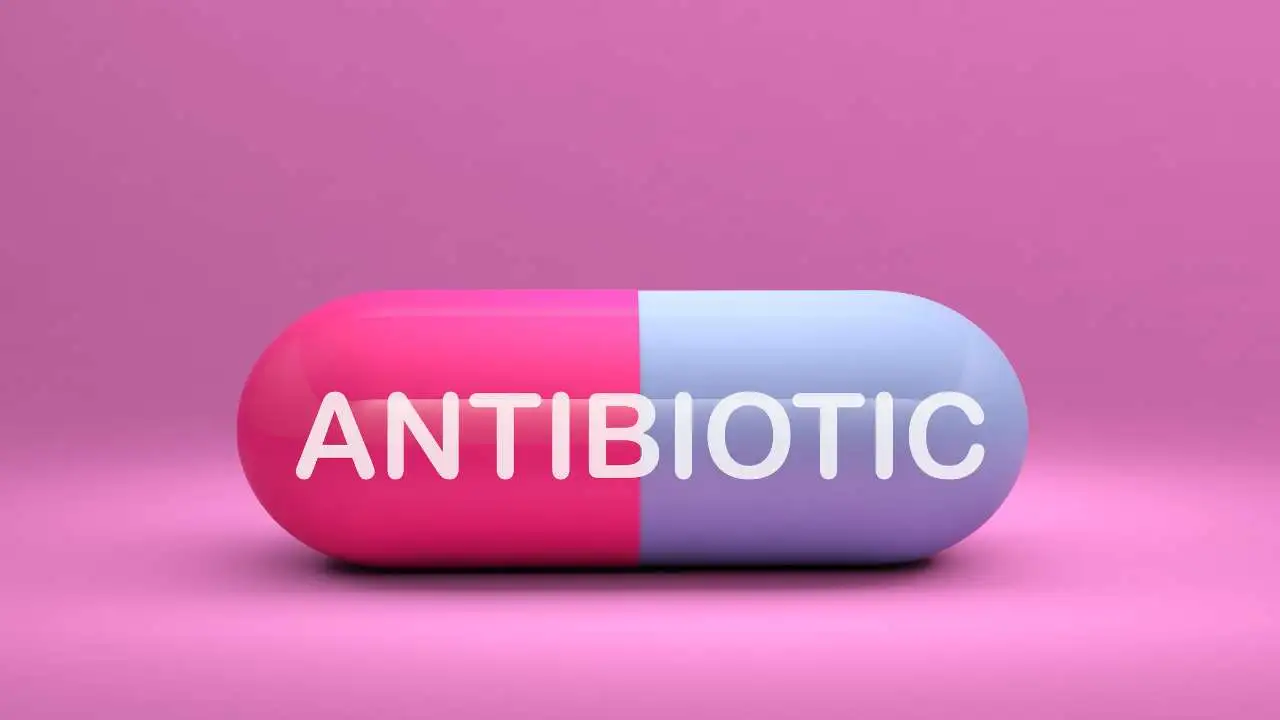Antibiotics are medications that are used to treat bacterial infections, such as strep throat, ear infection, sinus infection, pneumonia, urinary tract infection, and skin infection.
However, antibiotics can be expensive when paying without insurance. The cost of antibiotics without insurance can range from about $12 to $380, depending on the type, dosage, quantity, and brand of the medication.
In this article, we will explain what antibiotics are and how they work, what factors affect their cost, and how you can save money on antibiotics without insurance.
Understanding Antibiotics and Their Cost
Types of antibiotics
There are many types of antibiotics that are used to treat different kinds of bacterial infections. Some of the most common antibiotics are:
- Amoxicillin: This penicillin antibiotic effectively treats ear, nose, throat, skin, and urinary tract infections.
- Doxycycline: A tetracycline antibiotic that is used to treat infections of the respiratory tract, skin, eyes, genitals, and digestive system.
- Cephalexin: A cephalosporin antibiotic that is used to treat infections of the skin, bones, joints, and urinary tract.
- Ciprofloxacin: A fluoroquinolone antibiotic that is used to treat infections of the urinary tract, respiratory tract, skin, bones, joints, and abdomen.
- Clindamycin: A lincosamide antibiotic that is used to treat infections of the skin, soft tissues, lungs, blood, and bones.
- Metronidazole: A nitroimidazole antibiotic treats various infections in the vagina, stomach, liver, skin, joints, brain, and blood.
- Azithromycin: A macrolide antibiotic that is used to treat infections of the respiratory tract, ear, skin, and genitals.
- Levofloxacin: Another fluoroquinolone antibiotic that is used to treat infections of the respiratory tract, urinary tract, skin, bones, joints, and abdomen.
Each type of antibiotic has its own advantages and disadvantages in terms of effectiveness, side effects, interactions with other drugs or foods, and resistance.
Your doctor will prescribe you the best antibiotic for your condition based on these factors.
Cost of Common Antibiotics Without Insurance
| Generic | Generic Price | Brand | Brand Price | Dosage |
|---|---|---|---|---|
| Amoxicillin | $12.14 | No longer available | N/A | 500 mg |
| Doxycycline | $41.23 | Mondoxyne NL | $146.79 | 100 mg |
| Cephalexin | $23.64 | Keflex | $297.21 | 500 mg |
| Ciprofloxacin | $21.52 | Cipro | $111.13 | 500 mg |
| Clindamycin | $77.75 | Cleocin T | $207.34 | 300 mg |
| Metronidazole | $17.77 | Flagyl | $257 | 500 mg |
| Azithromycin | $31.30 | Zithromax | $152.16 | 250 mg |
| Levofloxacin | $116.01 | Levaquin | $380.63 | 500 mg |
Factors That Affect the Cost of Antibiotics Without Insurance
1. Dosage and quantity of the medication
The cost of antibiotics depends on how much and how long you need to take them. For example, a 10-day course of amoxicillin may cost around $10, while a 14-day course of azithromycin may cost around $40. The dosage also matters, as higher doses may require more pills or liquid. For example, a 500 mg tablet of ciprofloxacin may cost around $1, while a 1000 mg tablet may cost around $2.
2. Location and pharmacy
The cost of antibiotics may vary depending on where you live and where you buy them. Some pharmacies may charge more than others for the same medication, depending on their overhead costs, profit margins, and discounts. For example, a 10-day course of doxycycline may cost around $20 at Walmart, but around $40 at CVS. You may also pay more if you live in a rural area or a state with higher taxes or regulations.
3. Use of coupons or discount programs
The cost of antibiotics may be reduced if you use coupons or discount programs offered by some pharmacies, manufacturers, or organizations. For example, you may be able to get a coupon for $4 off a 10-day course of amoxicillin from GoodRx.com or get a discount card from NeedyMeds.org that can save you up to 80% on many medications. You may also qualify for free or low-cost antibiotics from some programs, such as Publix Pharmacy’s Free Medication Program or Walmart’s $4 Prescription Program.
4. The impact of supply and demand
The cost of antibiotics may fluctuate depending on the availability and demand of the medication. For example, if there is a shortage of a certain antibiotic due to manufacturing problems, natural disasters, or increased demand during an outbreak, the price may go up. Conversely, if there is an oversupply of a certain antibiotic due to expiration dates, competition, or decreased demand due to resistance or side effects, the price may go down.
5. The impact of competition
The cost of antibiotics may be influenced by the number and type of competitors in the market. For example, if there are many generic versions of a certain antibiotic available, the price may be lower than if there is only one brand-name version. However, if there is a patent or exclusivity period for a certain antibiotic that prevents other manufacturers from making it, the price may be higher than if there is no such protection.
6. The impact of manufacturing costs
The cost of antibiotics may reflect the costs involved in making them. For example, if an antibiotic requires complex synthesis, purification, testing, packaging, or transportation processes, the price may be higher than if it requires simpler methods. Similarly, if an antibiotic requires special ingredients, equipment, or facilities that are scarce or expensive, the price may be higher than if it requires common or cheap resources.
Ways to Save Money on Antibiotics Without Insurance
1. Utilizing coupons or discount programs
As mentioned above, you may be able to find coupons or discount programs that can lower the cost of antibiotics. You can search online for websites or apps that offer such deals, such as GoodRx.com, RxSaver.com, SingleCare.com, or WellRx.com. You can also ask your pharmacist or doctor if they know of any coupons or programs that apply to your medication.
2. Choosing a generic version of the medication
You may be able to save money by choosing a generic version of an antibiotic instead of a brand-name version. Generic drugs have the same active ingredients and quality as brand-name drugs but are usually cheaper because they do not have to pay for research and development costs. You can ask your doctor or pharmacist if there is a generic version available for your prescription and if it is safe and effective for your condition.
3. Shopping around for the best price
You may be able to find different prices for the same antibiotic at different pharmacies. You can compare prices online using websites or apps such as PharmacyChecker.com, BlinkHealth.com, or WeRx.org. You can also call or visit different pharmacies in your area and ask for their prices. You may find that some pharmacies offer lower prices than others, or that some pharmacies have special deals or discounts for certain medications or customers.
4. Asking for discounts
You may be able to negotiate a lower price for your antibiotic by asking for a discount from your pharmacist or doctor. You can explain your situation and ask if they can offer you a lower price, a payment plan, or a sample. You can also ask if they have any coupons or programs that you can use. Some pharmacists or doctors may be willing to help you out if you are polite and respectful.
5. Discussing payment plans or financial assistance
You may be able to get help with paying for your antibiotic by discussing payment plans or financial assistance options with your pharmacist or doctor. You can ask if they have any plans that allow you to pay in installments, defer payments, or reduce interest rates. You can also ask if they have any programs that provide free or low-cost antibiotics to people who qualify, such as patient assistance programs (PAPs), charitable foundations, or government agencies. You can search online for such programs using websites such as RxAssist.org, RxHope.com, or Needymeds.org.





